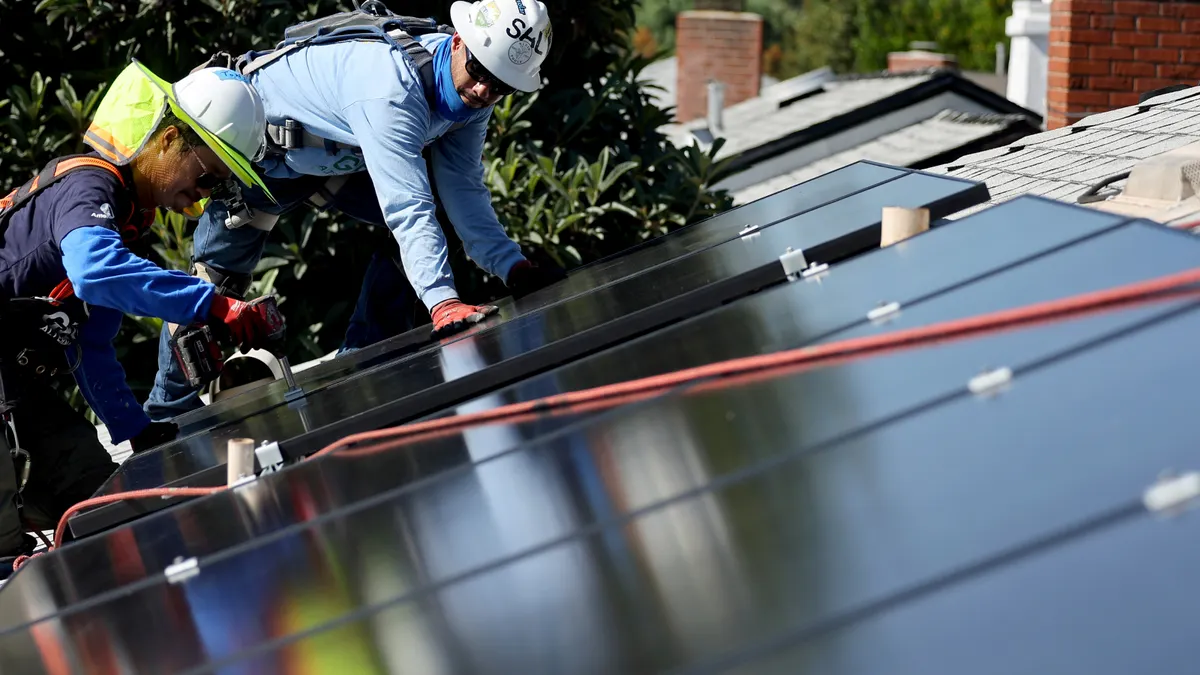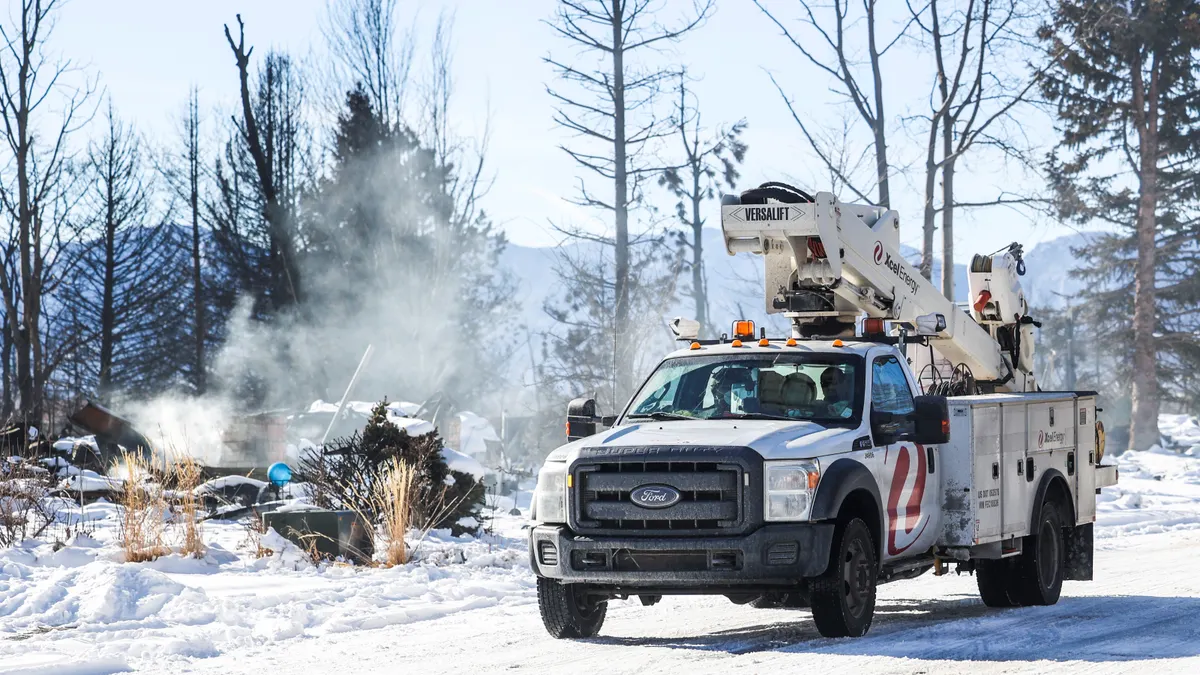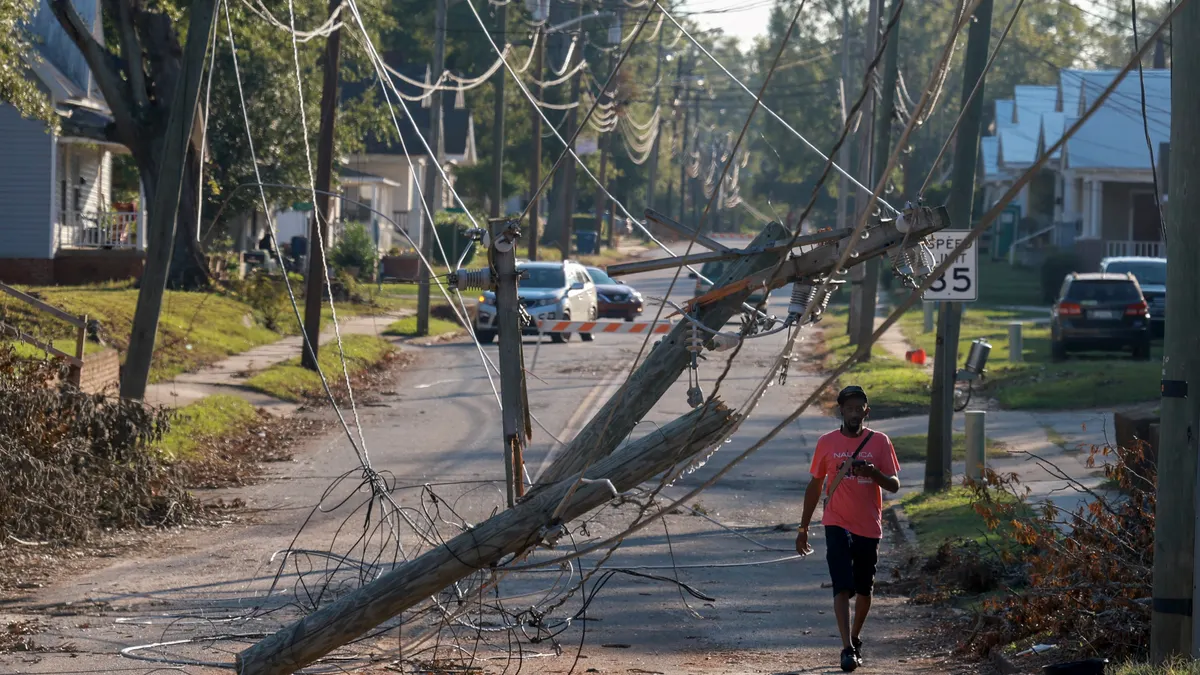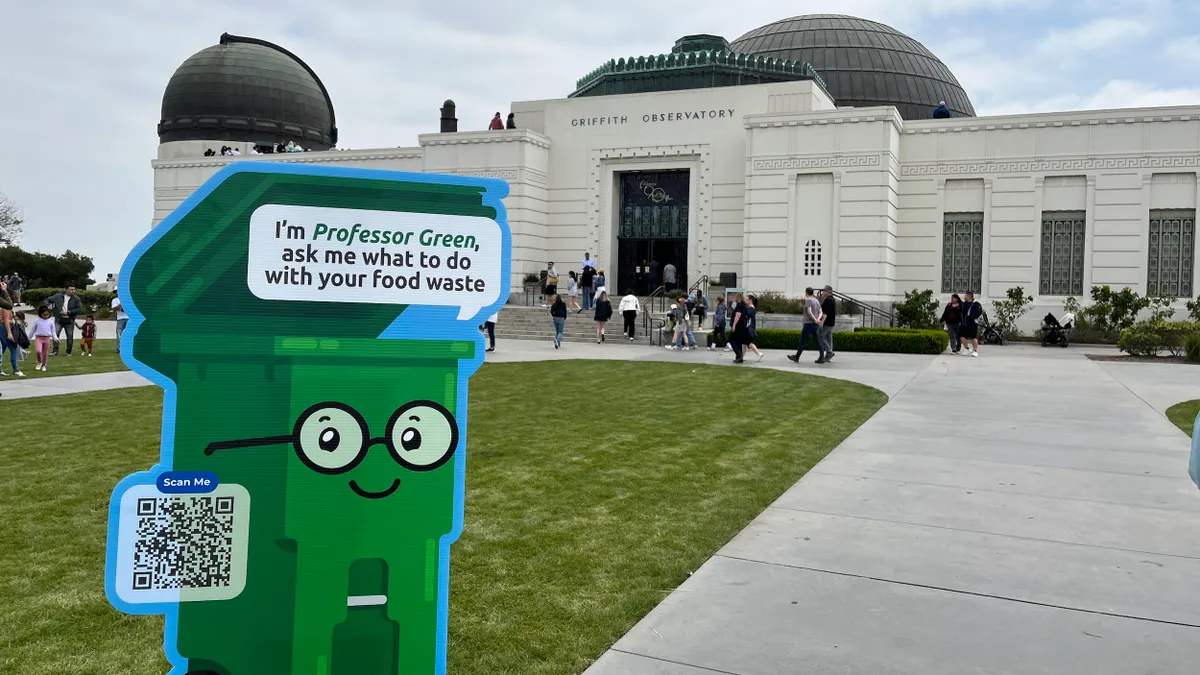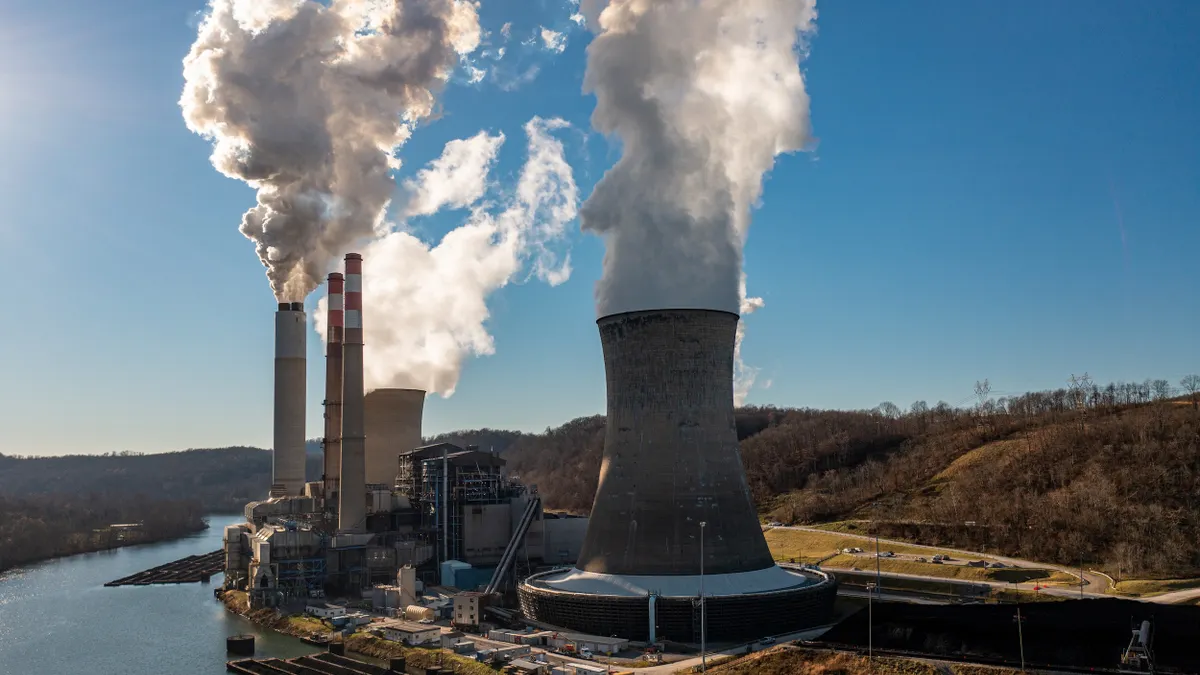Editor's Note: This piece was written by Michael Hartnack, research analyst at Navigant Research. The opinions represented in this piece are independent of Smart Cities Dive's views.
Utilities are in the midst of one of the greatest workforce transitions we’ve seen in any industry in recent memory. Many are now scrambling to deploy tools to stem the outgoing tide of information, and most are seeking to leverage advanced technology to help. Augmented reality (AR) and virtual reality (VR) may play a key role in bridging the knowledge gap to the next generation of utility workers.
Over the next 5 to 10 years, many utilities will lose approximately half of their current workforce to retirement. The exodus spans across every utility job discipline, from accountants, attorneys, and administrative staff to specialized field technicians, engineers, and executives. The personnel loss cuts deeper than a mere staff reduction, as every retiring employee will take with them their wealth of experience, knowledge, and critical skills. The integration of digital reality (virtual and augmented) technology will facilitate the transfer of knowledge from outgoing employees to incoming ones while streamlining utility operations and reducing operations and maintenance (O&M) costs in the process.
Knowledge transfer
As experienced field technicians retire and utilities hire new ones, even a robust training program will likely expose the comparative lack of experience and knowledge. This issue is commonly addressed by the consultation of a manual phone call from the field to the back office, or a hands-on onsite demonstration by experienced worker. All of those solutions take time and resources that could be better spent addressing the actual task at hand.
This is where the advantages of digital reality really shine. With a helmet-mounted digital reality device, an inexperienced field worker could — using voice commands only — call the office and speak with an expert technician who can see exactly what the worker sees, thanks to a camera mounted on the device, broadcasting live over Wi-Fi or cellular networks.
The expert can annotate the image similarly to how NFL broadcasters annotate game shots, and the AR device can render the annotated image or video stream to a screen in the workers field of vision. Using an annotated visual display, the expert can remotely and digitally walk the inexperienced field tech through the problem, transferring knowledge to the worker in real-time while the work is being completed. This is operationally cost-effective and serves as on-the-job training that comes not from a book, but from an experienced expert.
O&M cost savings
Despite the number of retiring utility employees, replacements are not being hired on a one-to-one basis, as utilities are under constant pressure by regulators and shareholders to reduce O&M expenses, increase efficiency, and do more with less. The field work example above is a prime example of doing more with less, as one expert in the office can assist 10 or more field workers throughout a given day, maximizing efficiency and avoiding travel time and costs. In that case, it takes just one expert to transfer knowledge to an entire team of junior field technicians through remote mentoring.
Skills training is another area where the integration of AR and VR technology can shave O&M expenses. All utility employees endure thorough training processes, most of which employ pen and paper, slide decks, videos, or similar old training-on-the-job tools. While these have all stood the test of time, VR and AR equipment can help utilities significantly improve their training regimens. Equipped with an AR display, a utility worker in any job discipline has immediate access to anything they need, right in their field of vision, without the need for a devoted trainer.
For a substation technician learning to identify high-risk assets, they can — from the comfort of their office chair — equip a VR headset and walk through a substation in a training simulation to identify healthy and unhealthy assets. They can even digitally dissect a digital twin of a specific asset and assess the internal components. For an accountant struggling with cost allocation coding, an AR device camera can recognize numbers on a page and overlay the relevant coding information into their field of view, improving accuracy. For an IT professional training to assemble wired networks, an AR device can overlay the manual directly into their field of view, walking them through the installation, eliminating the need to consult a product manual and divert their attention from the assembly.
The next generation of utilities
In addition to protecting the outgoing knowledge of retiring employees and suppressing training expenses for new hires, utilities must adjust to the shifting dynamics of the incoming workforce.
Much of the utility workforce will transition from operations personnel, skilled craftsmen, and line workers, to software engineers, analytics experts, technical specialists, and innovative leaders. The next generation of workers will interact with their workplace environment differently than any who have come before. Field specialists will grow to be multi-disciplinary, technical engineers may become more suited to sit behind a computer than walk through a substation, and immersive global communications will be accessible anytime and anywhere.
By deploying virtual and augmented reality in utility operations, utilities will inspire innovation across disciplines and drive progressive change. Digital reality can and should serve as a transitional lifeline of sorts for utilities to engage and optimize their new generation of workers. Given the tools for operational efficiency and innovation not afforded to previous utility workers, the next generation of workers will build the next generation of utilities.









